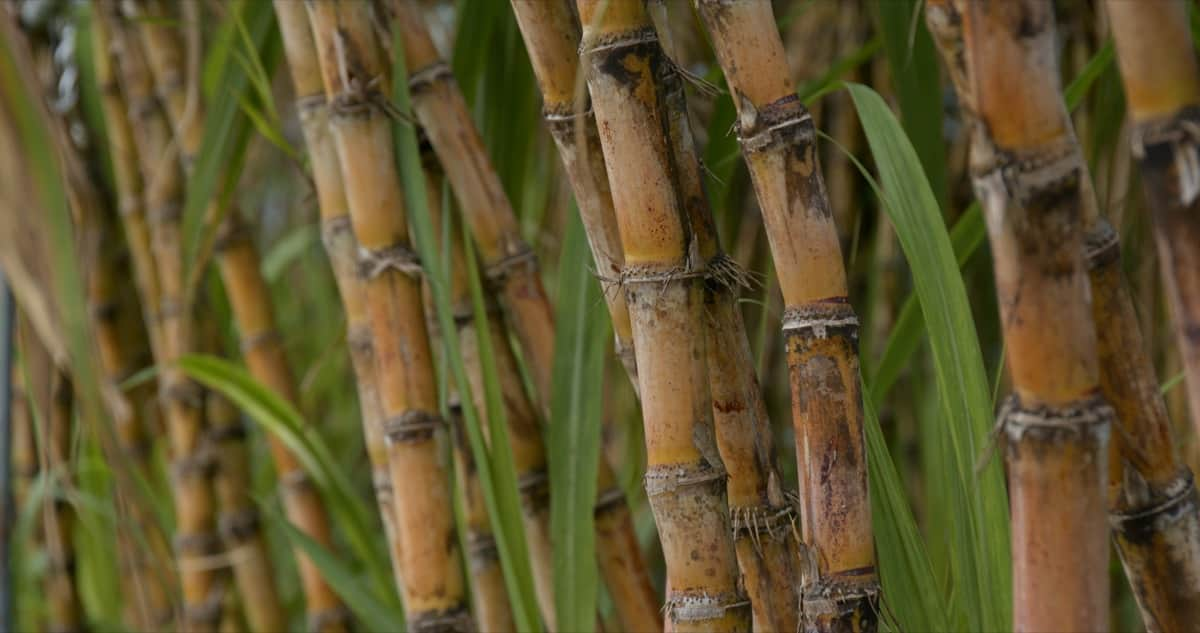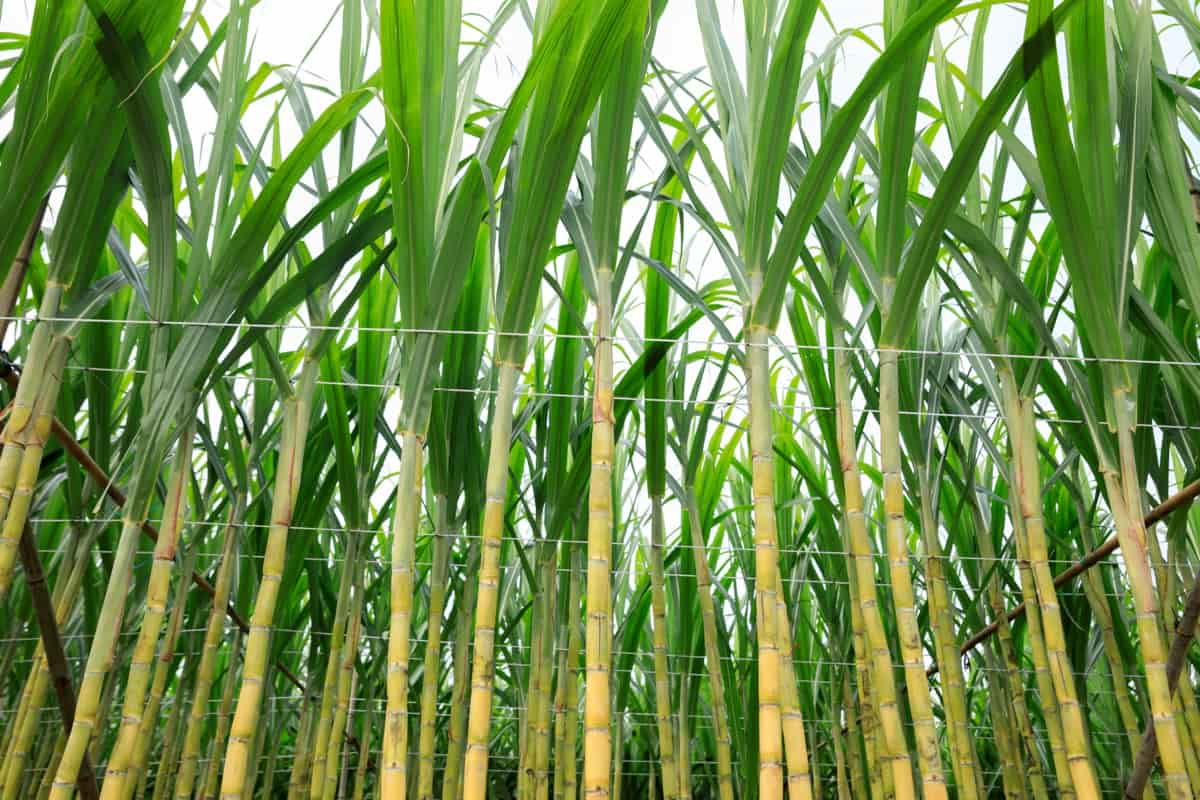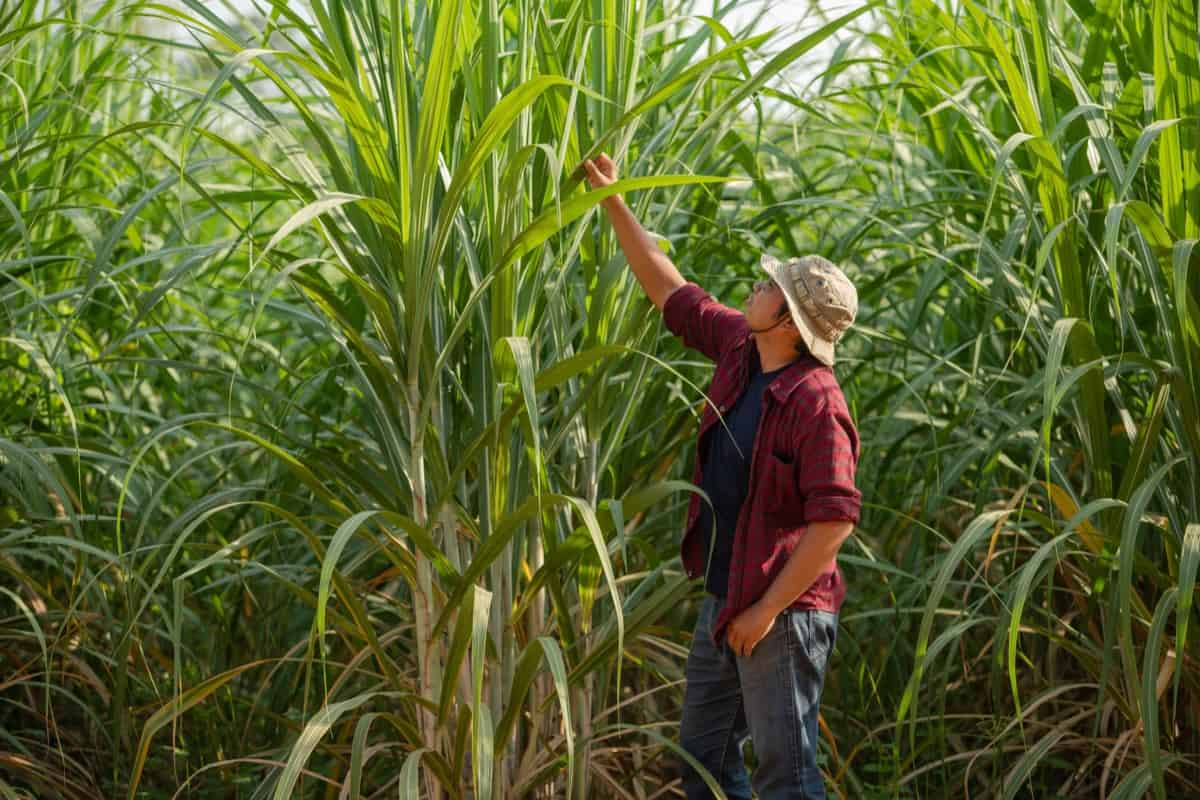The early shoot borer, also known as Chilo infuscatellus, belongs to the order Lepidoptera’s Crambidae family. It is a serious pest of sugarcane, usually attacking the crop in the first few weeks of cane development. The insect is endemic to Southeast Asia and is present in many nations, including Bangladesh, India, and Thailand. Early shoot borer larvae eat through the sugarcane stalk, resulting in severe damage and decreased output.

The pest must be managed effectively using resistant varieties, cultural practices, biological control methods, and chemical control with insecticides. Sugarcane is an important cash crop grown worldwide in tropical and subtropical regions. It is primarily grown for its high sugar content, extracted from the stalks of the plant. Sugarcane produces sugar, molasses, ethanol, and other industrial products.
Early Shoot Borer Management in Sugarcane
Life Cycle of Sugarcane Early Shoot Borer
The length of the life cycle of early shoot borer is determined by temperature. Larval development typically takes 25-30 days in warm weather and about five days longer in cool weather.
- Flat-scale eggs are deposited in masses of 4–100 in 3-5 rows on the underside of leaves during the egg stage. Like tiles, the masses are barely overlapping. Within 4-6 days, the eggs emerge.
- Larval stage: The larvae are dirty white with five longitudinal bands of deep violet color and a dark brown head. 16 to 30 days are spent in this period.
- Pupal stage: Within the passage, the pupal stage is experienced. The caterpillar drills a sizable escape hole in the stem before pupating and then covers it with silken discs.
- Adult stage: The adult moth has white hind wings and a light greyish-brown body with black spots close to the forewings’ coastal margins.
Host range: The sugarcane early shoot borer (Chilo infuscatus) primarily feeds on sugarcane, but it can also infest other related plants, including sorghum, maize, and wild relatives of sugarcane. However, sugarcane is the preferred host for this pest, and it causes the most significant damage to sugarcane crops.
Factors Favoring Growth/ Causes of Early Shoot Borer in Field
- The causal organism of the early shoot borer in sugarcane is the larvae of Chilo infuscatus, which primarily attacks the crop during the early stages of cane growth before internode formation.
- It also infests the cane stalks in years of scanty rainfall, causing heavy yield losses as it affects the plant stand and unit area.
- This pest results in canes of different ages with less cane weight and poor juice quality.
- When the early shoot borer infects cane stalks, yield and quality are reduced.
- Factors that favor the growth of early shoot borer in fields include warm temperatures, high humidity, and the presence of weeds, which provide alternate hosts and breeding grounds for the pest.
Identification of Early Shoot Borer in Sugarcane in Field
Flat-scale-like eggs laid in masses on the lower surface of leaves, dirty white larvae with dark violet stripes, and the emergence of pale greyish-brown moths with black dots and white hind wings also indicate the presence of this pest. And the appearance of dead hearts in infected canes.
Damage Symptoms of Early Shoot Borer in Sugarcane
- The larvae of the borer enter the cane laterally through one or more holes in the stalks and bore downwards as well as upwards, killing the growing point.
- It cuts off the central leaf spindle and eventually dries up, forming a dead heart.
- Sugarcane crop is between one and three months old and has a dead heart that is easily removed and emits an unpleasant odor.
- There are several boreholes near the base of the stalk, just above the surface.
- Infestation during germination can kill the mother shoots, drying up the entire clump and gaps in the field. Borer infestation in cane stalks reduces both cane yield and quality.
In case you missed it: Stem Borer Management in Sorghum: Symptoms, Treatment, Chemical, Biological, Natural, and Organic Control

Impact of Early Shoot Borer in Sugarcane Yield
Sugarcane crops are attacked by over 60 insect species, in which 10 of which cause significant yield loss. Borers, sucking pests, and soil-dwelling insects are particularly damaging, resulting in a 20% reduction in cane yield and a 15% decrease in sugar yield.
Cultural Management of Early Shoot Borer in Sugarcane
- Using/ Growing resistant varieties.
- Early planting can escape shoot borer infestation, and intercropping sugarcane with Daincha can reduce early shoot borer incidence.
- Trash mulching along the ridges to a thickness of 10-15 cm 3 days after planting can be helpful.
- It is important to ensure adequate moisture to bring down the soil temperature and increase humidity, which creates unfavorable conditions for the multiplication of early shoot borers.
- Physically removing and destroying dead hearts is also an effective method.
Biological Management of Early Shoot Borer in Sugarcane
- The granulosis virus (1.1 x 10 5 IBS/ml) was applied every 35 and 50 days after planting.
- Release 125 gravid females of Sturmiopsis inferens, a tachinid parasite, per acre to control early shoot borer in sugarcane.
Chemical Management of Early Shoot Borer in Sugarcane
- If available, chemical management of early shoot borer in sugarcane prefers an integrated approach measures and biological treatments.
- Insecticides containing chlorantraniliprole, flubendiamide, or insect growth regulators can be applied to prevent older larvae from tunneling into the stalks.
- Carbaryl, lindane, carbofuron, or chlorpyriphos can be considered if the pest exceeds economic thresholds.
- Soil application of granules should be immediately followed by irrigation.
- A sticker like Teepol can also be added to chlorpyriphos solution to make it stick to the surface of the crop, and high-volume sprayers are the most effective.
- Chemical control should be used judiciously and cautiously to avoid harming the environment and non-target organisms.
Preventive Measures for Control of Early Shoot Borer
- Plant tolerant and resistant varieties.
- Do not use seed cane that is damaged by the borer.
- Add silicon to the soil to reduce survival and injury by borers.
- Burn the cane pre-harvest to reduce populations.
- Quickly destroy crop residues in the field after harvest by burning, disking, or flooding.
In case you missed it: Verticillium Wilt Management in Eggplant (Brinjal): Symptoms, Treatment, Chemical, and Biological Control

Conclusion
Early Shoot Borer damages sugarcane crops. This pest needs cultural, biological, and chemical control. Resistant varieties, seed cane examination, and crop residue burning help prevent infestation. Integrated pest management can defend against this pest.
- Beneficial Insects in Pest Management
- Natural Solutions for Pest Control in Flower Gardens
- Types of Fungicides Used in Agriculture
- Common Issues in the Fruit Development Stage of Pomegranate Farming
- Fruit Development Issues in Papaya: Easy Solutions and Treatment
- Soil-Borne Diseases and How to Protect Your Plants
- Practices to Prevent Disease Spread in the Garden
- From Wilted to Thriving: How to Treat Root Rot Naturally in Houseplants
- Natural Remedies to Cure Brown Spots on Fig Tree Leaves